JDBC Connection: Understanding the Important Role of Type 5 JDBC Drivers
Most web developers choose a preferred programming language and database management system to use for most, if not all, of their development projects. While they may choose to learn about other technologies along the way, they often stay loyal to their core technology choices for many years. This helps increase their level of knowledge about their chosen core technologies and allows them to work with greater efficiency.
This is one of the reasons Javascript has remained so popular as a programming language and Microsoft SQL Server consistently appears as one of the most used database management systems. These technologies are not only popular because it is convenient for developers to continue using them, they also offer a full range of capabilities. Additionally, they offer performance in their respective areas that is very competitive with other available options, and many times, they significantly outperform competitor technologies.
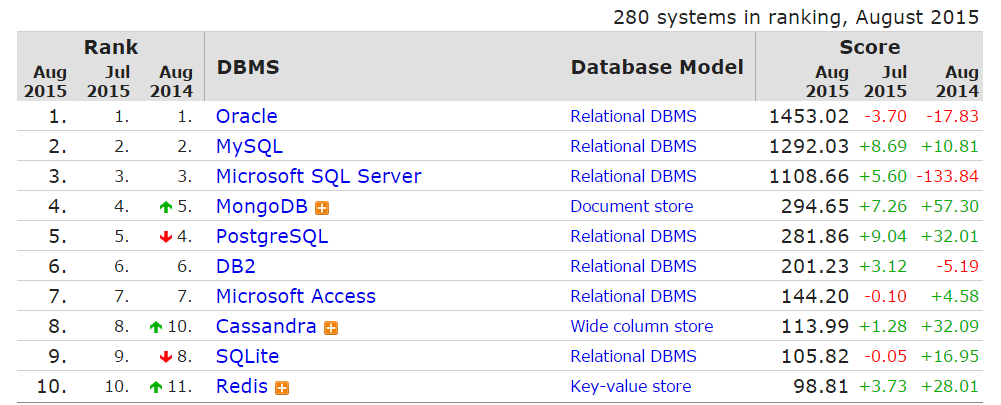
Image Source: db-engines.com
While the use of core technologies in the web development industry tends to remain relatively stable, that is not the case for other types of software or middleware.
Technologies that enhance or facilitate particular functions within a development project can change significantly. IT firms, as well as independent developers, are always looking for better tools to improve functionality, such as enhancing JDBC connections, improving scalability and many elements of application performance.
As a developer, having an effective set of tools and additional technologies at your disposal can dramatically improve the quality of your work. It can also help you achieve more in less time and offer the client or end user valuable benefits as well.
The Web Development Industry Evolves
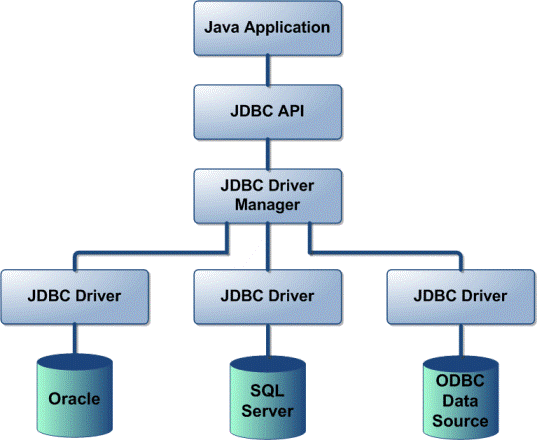
Image Source: www.developersbook.com
Over the last decade, application development has significantly changed in many ways. Many of the changes allow developers and IT firms to utilize a range of new solutions, which increase the efficiency of the development process and help reduce expenses.
However, there are many moving parts within the development process and advancements in task-related technologies rarely move in a coordinated fashion. Challenges with using type 4 JDBC drivers for consistently creating fast, secure and scalable JDBC connections cleared a pathway for type 5 drivers to emerge, which offer significant advantages.
Type 4 JDBC Drivers Reach Their Limits
If properly set up, JDBC connections are ideal for Javascript and SQL Server projects that are data-driven and require industrial grade reliability. In many cases, type 4 drivers offer the best choice for overall JDBC architecture. However, more than a decade has come and gone since type 4 was initially unveiled, and recent advancements and innovation within the development space have surpassed the capabilities of type 4 drivers. Type 5 drivers address the shortcomings and limitations, providing a range of additional capabilities along with improved quality control.
Key Limitations of Type 4 JDBC Drivers
- Times for driver response unacceptable and unstable or when utilized in a runtime environment, ORM or an application server, data throughput performs poorly.
- VM consolitation ratios are substandard
- Inefficiencies such as needing to use DLLs in order to support particular database functions.
- Have to use several JARs if you have multiple database versions to support.
- Does not allow enhancement or optimization of vital applications without significant downtime involved.
- Requires writing and maintaining code specifically for each of the various data sources. Even using modern ORM models often require proprietary code if supporting BLOBs, XA and CLOBs.
The challenges listed above with using Type 4 drivers for JDBC are a direct result of several core technology industry advancements over the years. Dramatic improvements in virtual server capabilities, increases in data center consolidations and the advancements of applications supporting multiple databases all played a part in creating an environment that limits the usefulness of type 4 driver performance.
The Significance of Middleware for JDBC Connections
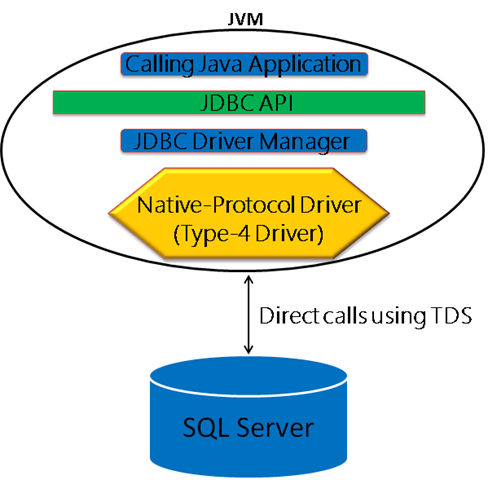
Image Source: blogs.msdn.com
Many project managers and support staff indirectly involved with the development process do not grasp the impact middleware has on application-to-data operations. In fact, other than facilitating connectivity, even some developers do not fully comprehend the depth of influence drivers have on overall performance.
JDBC drivers are not simply just another component involved in the success of application stacks, they are absolutely critical. The right type 5 driver directly facilitates success and provides dynamic enhancements with dramatic improvements in reliability.
Type 5: Critical Support, Dynamic Enhancements & Facilitating Stability
With several of the core limitations of type 4 drivers clearly defined above, one might wonder what a type 5 driver brings to the table that makes it so clearly convincing type 5 is the optimal choice? Well, the list of expanded capabilities and dramatic improvements in performance is pretty convincing in my opinion, here it is.
Unrestricted Performance and Stability
An enterprise grade type 5 driver offers almost completely unrestricted performance and is capable of extremely reliable data throughput performance without regard to the runtime environment or data access model. While there can be exceptions, many times, codeless enhancements are possible. You can almost completely disregard data access models and environments, with the ability to make key changes to application features and operations without any coding required.
Enhanced Efficiency and Control
A type 5 driver for JDBC connections also offers incredible efficiency of resources. You can fine tune applications use of resources and ensure they fit within bounds allowed by a specific environment. Data access functions can often consume elevated resource levels and sometimes developers forget to take the extra step of ensuring middleware resource efficiency before it creates a problem.
Simple deployment is made possible with the use of only one JAR file. There is no need for DLLs, client libraries, special considerations for Java environments or increased requirements for bulk data features. Additionally, type 5 drivers do not require proprietary extensions to support data sources, yet another significant degree of separation from type 4. Combining any number of the additional capabilities by using a type 5 driver results in a flexible JDBC connection solution that not only performs well, it allows developers to build-in scalability. Type 5 drivers provide scalable functionality without requiring additional time, resources and cost.
Meshing All the JDBC Connection Driver Facts Together
Take a moment to imagine you could possibly operate 8 virtual machines as opposed to 4, simply by applying a few setting adjustments in a type 5 JDBC driver. With the enhancements type 5 offers developers this scenario is very possible. Type 5 drivers can be designed in a number of ways and there are a number of type 5 products on the market, all with varying feature sets and tweaks depending on the developer.
It is easy to see how much more dynamic and powerful a type 5 driver is versus the type 4 model. In March, we just released our latest type 5 JDBC driver, JSQLConnect 8 –Type 5 JDBC Driver. If you have time, please take a minute to review the comprehensive list of features and powerful enhancements JSQLConnect 8 offers. We are very proud of the final version and offer a variety of licensing arrangements with a product support program as well. If nothing else, it will at least give you a clear picture of what current type 5 drivers are capable of delivering.
Download free trialJDBC Connections: Briefing On and Preparing for SQL Server 2016
As Microsoft prepares to retire SQL Server 2005 in April of 2016, there is a lot of excitement surrounding the updated Microsoft data platform that will also be released next year. The question for CTOs and DBAs planning their upgrade strategy is should we skip all other SQL Server versions and implement the new SQL Server 2016?
Microsoft’s upcoming release has numerous enhancements to offer and we have outlined briefly what improvements you will find in SQL Server 2016. The SQL Server 2016 Community Technology Preview is also now available for download, and the evaluation period is for 180 days.
Whichever version of SQL server selected, JNetDirect will provide you with compatible drivers and tools that allow you to take full advantage of the new features. For 15 years JNetDirect has worked closely with the SQL Server Community and we will be ready to support your plans and strategy when Microsoft releases SQL Server 2016.
What is new in SQL Server 2016?
When Microsoft’s CEO, Satya Nadella, announced the upcoming release of SQL Server 2016, he stated that it continues the Company’s move towards a mobile first / cloud first strategy. This next major release focuses on data security, improving analytics and the ability to easily build, deploy and manage solutions that span on-premises and cloud.
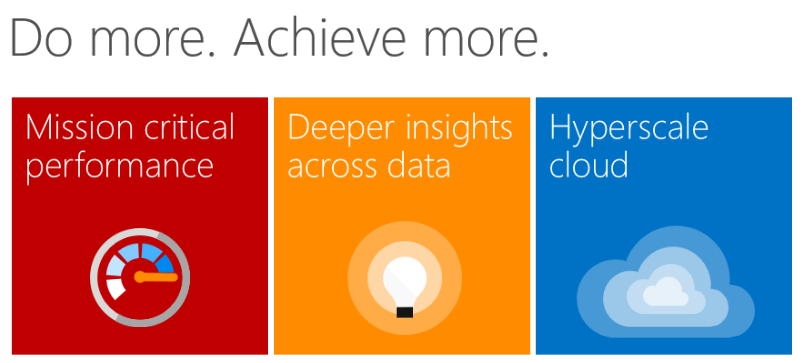
Here is a quick briefing on the improvements available in SQL Server 2016:
- Query Store
The Query Store has been one of the most popular features offered, and it is no different this time. Improvements to the Query Store include the following:
- Bug fixes and UI enhancements
- Once the defined max size limit has been reached, it will automatically switch to READ_ONLY
- No force plan recompiles
- Stretch Database
The new Stretch Database technology allows the ability for administrators to move historical data by stretching warm and cold OLTP data to Microsoft Azure, or in simpler terms, store portions of a database in the cloud. This can be done without any changes in the applications. There are also additional improvements which include:
- Stretch Database Advisor is now available so that all existing database tables, as well as to assist in discovering and evaluating candidates for stretch
- Row Level Security (RLS) is now enabled
The main benefits of this new feature is the ease of storing transactional data for a long period of time, as well as saving money for storing this information.
- PolyBase
PolyBase Technology has now been enhanced to simplify the overall management of both relational and non-relational data by being able to query both.
- In-Memory Enhancements
The In-memory now includes operational analytics and enhanced performance. In fact, it now provides up to 30x faster transactions and more than 100x faster queries. As shown in the diagram below, one of the benefits includes having in-memory for more applications that are being used.
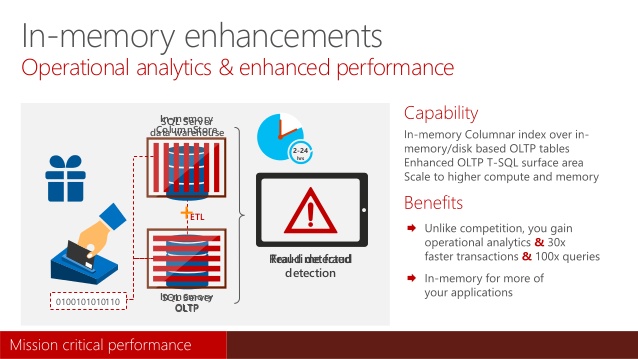
- Core Engine Scalability
The enhancements within the Core Engine Scalability will allow for much higher scalability of high concurrency workloads which are running on NUMA hardware. This is enhanced without any application changes.
- Temporal Tables
Temporal tables are a completely new feature which enables the handling and analyzing of database records that change over time, and the features include:
- COLUMNPROPERTY exposes the ‘ishidden’ property
- Full column support with ROWVERSION
- Enhancements within the SQL Server Management Studio which will include syntax highlighting of temporal keywords and Transact-SQL client side validations
- Master Data Services (MDS)
The MDS was first released in 2008, and it has now been significantly improved upon, which will add extra ease when managing data. Some of the enhancements include:
- Easily set up a sync relationship to sync entity from another model
- SCD type-2 subscription view for member transaction logging
- The Compound Keys index support will include attributes which are customized to improve performance or to enforce constraints.
- DBCC CHECKBD
Within the DBCC CHECKBD function, the following improvements have been made:
- Various improvements to the persisted computed columns and filtered indexes validation function.
- Performance enhancements when validating tables with thousands of partitions
- Reporting Services
The new release now allows for the creation of two additional chart types: Treemap and Subburst.
- Query Execution
The Query Execution function now provides an enhanced diagnostic testing for memory grant usage. There were new XEvents which were added to allow for better diagnostics.
Safety First
SQL Server 2016 has also ramped up its security measures. For example, the platform includes enhancements to the Always Encrypted technology that will ensure that your data is protected at all times, both at rest and in motion. In addition, it includes safety features which also protect your information both on-premises and in the cloud. These enhancements are all without any application settings. In addition, routine backups are now faster so you can be rest assured that your information is safely updated as often as you require. This is a very exciting addition as the Always Encrypted feature allows for the complete control over both the encryption and decryption.
Improving on the Tried and True Methods
Microsoft has always delivered some of the most groundbreaking database technology, and that fact continues to be true with the release of SQL Server 2016. The diagram below shows the Microsoft data platform:
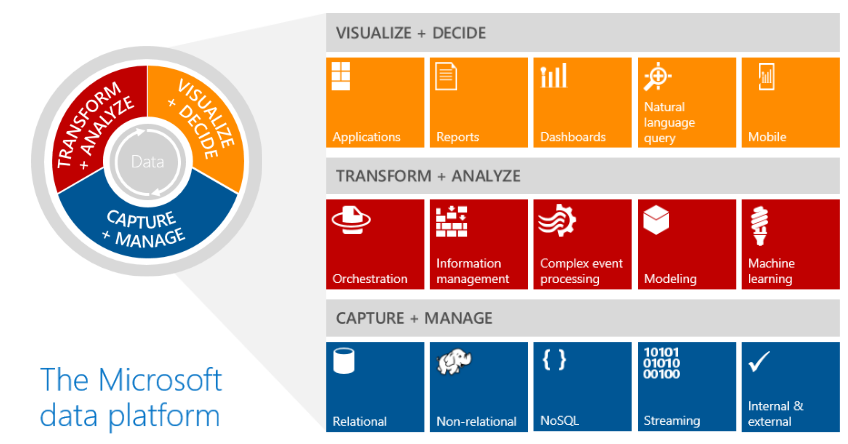
The updated data platform provides users the ability to maintain a complete platform for hybrid cloud. In addition, it is also simple to deploy to all users within your group and business insights will be available on all mobile devices (Windows, iOS and Android) on apps which can easily be downloaded.
Final Point
The updated and enhanced SQL Server 2016 will continue to expand Microsoft’s feature rich database platform pushing the combination of on-premise and cloud capabilities. However, one “bottleneck” may be the driver you use in your applications (or the applications you license). Many open source or “free” drivers have failed to stay current with new feature sets, the latest specifications, licensing requirements and/or the ability to handle your growing data throughput requirements. “Free” also does not include that critical, and very important technical support services when you need it.
For over 15 years, JNetDirect has supported the SQL Server Community with thousands of customers working with our products around the World. Download a 30-Day free trial of our products or contact us at This email address is being protected from spambots. You need JavaScript enabled to view it..
Download free trialJDBC コネクション
Type 5 JDBC ドライバーの重要な役割を理解する
多くの WEB デベロッパーが、すべてとは言わないまでも大半の開発プロジェクトにおいて、自分にとって好ましいプログラム言語およびデータベース管理システムを選択します。馴染みのないテクノロジーを学習する必要が生じることもありますが、たいていの場合、何年にもわたり自分に合ったコアテクノロジーを使い続けます。こうすることにより、選択したコアテクノロジーに関する深い知識が得られ、非常に高い効率性をもって開発を行うことができます。
このことは、Javascript が今もって人気のプログラミング言語であり、Microsoft SQL サーバーが最もよく使用されているデータベース管理システムとしてずっと名前が挙がってくる理由なのです。こうしたテクノロジーはデベロッパーにとり使い続けたくなる利便性があるのみならず、幅広い機能を提供することも人気を保っている理由なのです。他にも、これらテクノロジーはそれぞれの分野において他の選択肢と競いあえる性能を提供するばかりか、競合するテクノロジーを凌ぐこともたびたびあります。

写真提供: db-engines.com
WEB 開発の現場におけるコアテクノロジーの使用傾向は比較的安定して変わることがありませんが、他の種類のソフトウェアやミドルウェアにはこの傾向は当てはまりません。
開発プロジェクトにおける特定の機能を強化または促進するテクノロジーは大幅に変化します。IT 企業や個人のデベロッパーは、JDBC コネクション性能の改善、スケーラビリティの向上、アプリケーション性能のさまざまな要素などの機能を改善するための新しいツールを常に模索しています。
デベロッパーにとり、効率的なツール群や自由に利用できる追加のテクノロジーがあるということは、仕事の質が大幅に向上します。さらに、短い時間でより多くの成果を達成でき、顧客やエンドユーザーに価値ある利点を提供できるようにもなります。
Web 開発業界の進化

写真提供: www.developersbook.com
これまでの 10 年間でアプリケーション開発の世界は様々な点で大きく変化しました。それら変化によりデベロッパーおよび IT 企業が、開発プロセスの効率を上げ、開発費用を削減する新しいソリューションが利用できるようになりました。
ただし、開発プロセスの中には変化していく部分が数多くある一方で、タスク関連のテクノロジーは状況が変わろうともほとんど進歩しません。一貫して高速かつ安全、スケーラブルな JDBC コネクションを確立するために Type 4 JDBC ドライバーを使用するという課題が、大きな優位性をもたらす Type 5 ドライバーが出現するための道を切り開きました。
限界に達した Type 4 JDBC ドライバー
適切に構成された JDBC コネクションは、データ主導で、業界レベルの信頼性を必要とする Javascript および SQL サーバープロジェクトに理想的です。多くの場合、Type 4 ドライバーが全体的な JDBC アーキテクチャにとって最適な選択肢を提供します。ただし、Type 4 が登場してから 10 年以上が経過し、開発現場における最近の進歩および革新が Type 4 ドライバーの能力を上回るようになってきました。Type 5 ドライバーはそういった短所および限界に対応し、向上した品質コントロールと共に、幅広い追加機能を提供します。
Type 4 JDBC ドライバーの主な制限
- ドライバーの応答時間が許容しがたいレベルで不安定となる、または実行環境、ORM、アプリケーションサーバーでの使用時に、データスループット性能が著しく劣ってしまう。
- 低水準な VM 統合率
- 特定のデータベース機能を利用するには DLL を使用する必要性がある、といった効率の悪さがある。
- 複数のデータベースバージョンをサポートする必要がある場合、複数の JAR を使用しなければならない。
- 必須アプリケーションの機能強化または最適化の際に長時間にわたるダウンタイムが発生する。
- さまざまなデータソースごとにコードを作成し保守していく必要がある。最近の ORM モデルを使用している場合でも、BLOB、 XA、CLOB をサポートするにあたりプロプライエタリ(企業所有)コードが必要になる。
JDBC に Type 4 ドライバーを使う上での上記課題が、長年にわたるコアテクノロジー業界の複数の発展に起因しているのは間違いありません。仮想サーバーの機能面での大幅な進歩、データセンターの統合の増加、複数データベースに対応するアプリケーションの進化がすべて、Type 4 ドライバー性能の有用性を制限する環境を作り出す一因を担っています。
JDBC コネクション用ミドルウェアの重要性

写真提供: blogs.msdn.com
開発プロセスに間接的に関わる多くのプロジェクトマネージャーおよびサポートスタッフが、アプリケーションからデータに対して操作を行うミドルウェアが及ぼす影響を把握していません。実際のところ、デベロッパーでさえも、接続性を促進することに躍起になるあまり、ドライバーが全体的なパフォーマンスに及ぼす影響の重大性を完全に理解していない人もいます。
JDBC ドライバーはアプリケーションスタックの成功に関わる単なる一コンポーネントではなく、非常に重要な役割を果たします。適切な Type 5 ドライバーが直接的に成功への道筋となり、信頼性を大幅に向上させながら大幅な機能強化を果たします。
Type 5:重要なサポート役を担い、動的な機能強化および安定性の促進を実現
上で明確に定義した Type 4 ドライバーが抱える主な制限事項を見て、Type 5 が最適な選択肢だと言い切れるほどの長所はなんだろうかとお考えの方もいらっしゃるでしょう。拡張された機能および性能の大幅な向上を列記いたしますので、ご覧いただければ納得していただけると思います。
制限のない性能および安定性
エンタープライズグレードの Type 5 ドライバーはほぼ完全に制限がないと言っていいほどの性能、そして実行環境やデータアクセスモデルに関わらず、きわめて信頼性の高いデータスループット性能を実現します。例外もございますが、多くの状況において、コードの追加なしに性能強化を実現することができます。データアクセスモデルや環境の違いをほとんど気にすることなく、コードを新たに追加することなくアプリケーションの機能や操作に大きな変更を加えることができます。
強化された効率性および制御能力
JDBC コネクション用 Type 5 ドライバーは驚くほど効率的にリソースを使用することができます。アプリケーションのリソース使用状況を微調整し、特定の環境下に設けられた制限内に無理なく収めることができます。データアクセス機能が多くのリソースを消費することもあり、問題が発生するまでデベロッパーがミドルウェアの効率的なリソース使用に着手しないこともたびたび発生します。
一つの JAR ファイルしか使わないシンプルな開発も可能になります。DLL、クライアントライブラリ、Java 環境に関する特別な配慮、一括でデータを扱う機能を実装する場合でも、追加の要件が必要なくなります。さらに、さまざまなデータソースをサポートする上でも Type 5 ドライバーはプロプライエタリエクステンションを必要としません。ここでも Type 4 との大きな違いがでてきます。Type 5 ドライバーを使用することで派生するさまさまな追加的能力を組み合わせることで、性能の高さのみならず、デベロッパーがスケーラビリティを組み入れることができる柔軟性の高い JDBC コネクション・ソリューションが生まれます。Type 5 ドライバーは、余分に時間、リソース、費用を掛けることなく、拡張性の高い機能性をお届けします。
すべての JDBC コネクション・ドライバーに関する利点が調和
Type 5 JDBC ドライバーの設定にいくつかの調整を行うだけで、これまでの 4 台の仮想マシンの運用が 8 台になることを想像してみてください。Type 5 ドライバーがデベロッパーにもたらす拡張機能があれば、単なる想像に留まらず、非常に現実的なシナリオへと姿を変えます。Type 5 ドライバーはさまざまな方法にて設計することが可能で、市場には多くの Type 5 製品が出回っており、それぞれ多種多様な機能セットを持ち、デベロッパーがさまざまな機能調整を行えるようになっています。
Type 5 ドライバーが Type 4 と比べて、どれほどダイナミックで強力かをぜひご覧いただき、納得してください。弊社では、3 月に 最新の Type 5 JDBC ドライバーである JSQLConnect 8 –Type 5 JDBC ドライバー をリリースいたしました。よろしければ、JSQLConnect 8 が持つ機能の総合リストおよび強力な拡張機能をご確認ください。誇りをもって最終製品をお届けするとともに、製品サポートプログラムの付いた各種ライセンス契約をご用意しております。少なくとも、現在の Type 5 ドライバーが提供する利点の数々を明確に把握していただけると思います。
以下のコメント欄から、JDBC コネクション用 Type 5 ドライバーの活用に関する皆様のお考えをお教えいただければ幸いです。
無料試用版のダウンロードJDBC连接:
深入理解类型5驱动的重要作用
通常Web开发人员在他们大部分的开发项目中会选择其喜好的编程语言和数据库管理系统。即便在项目进行的过程中开发人员也会去了解其他的技术,但他们仍然会在长时间坚持使用当初选择的核心技术。这将加深他们对该核心技术认识的深度,同时也能大大提高开发人员的工作效率。
这就是为什么JavaScript作为一门编程语言能风靡如此之久,而Microsoft SQL Server能成为广泛使用的数据库管理系统。这些技术流行的原因不仅仅是因为开发人员使用起来方便,也是因为它们功能全面。此外,这些技术在相关领域的性能与同类技术相比具有很强的竞争力,并且大多数时候有着显著的优势。
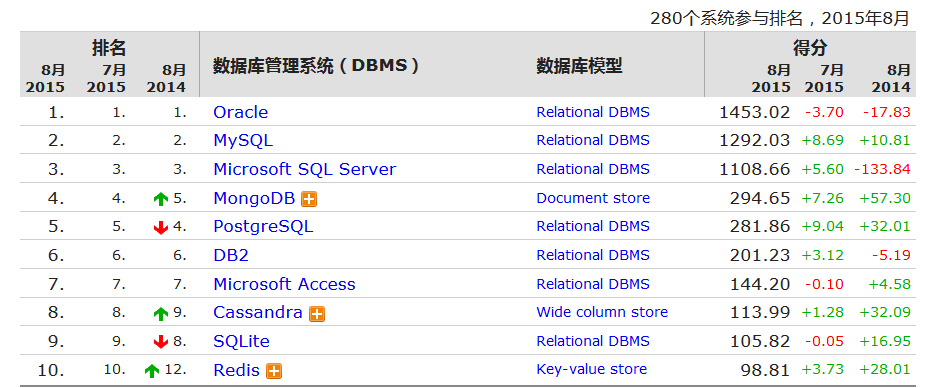
图片来源: db-engines.com (JNetDirect译)
尽管在Web开发行业中核心技术的使用趋势已趋于稳定,但对于其他类型的软件或者中间件(middleware)来说则是另一种情况。
能改善或简化特定功能的技术会给开发中的项目带来显著的变化。IT公司以及独立开发人员总是乐意寻求更好的工具来改进功能,比如改善JDBC(Java Database Connectivity,Java数据库连接)连接,改进可伸缩性,以及优化影响产品性能的其他诸多元素。
作为开发人员,拥有一套高效的工具和技术将显著提高您的工作质量。它将助您大大缩短开发周期,向您的客户或用户交付有价值的产品。
不断发展的Web产业
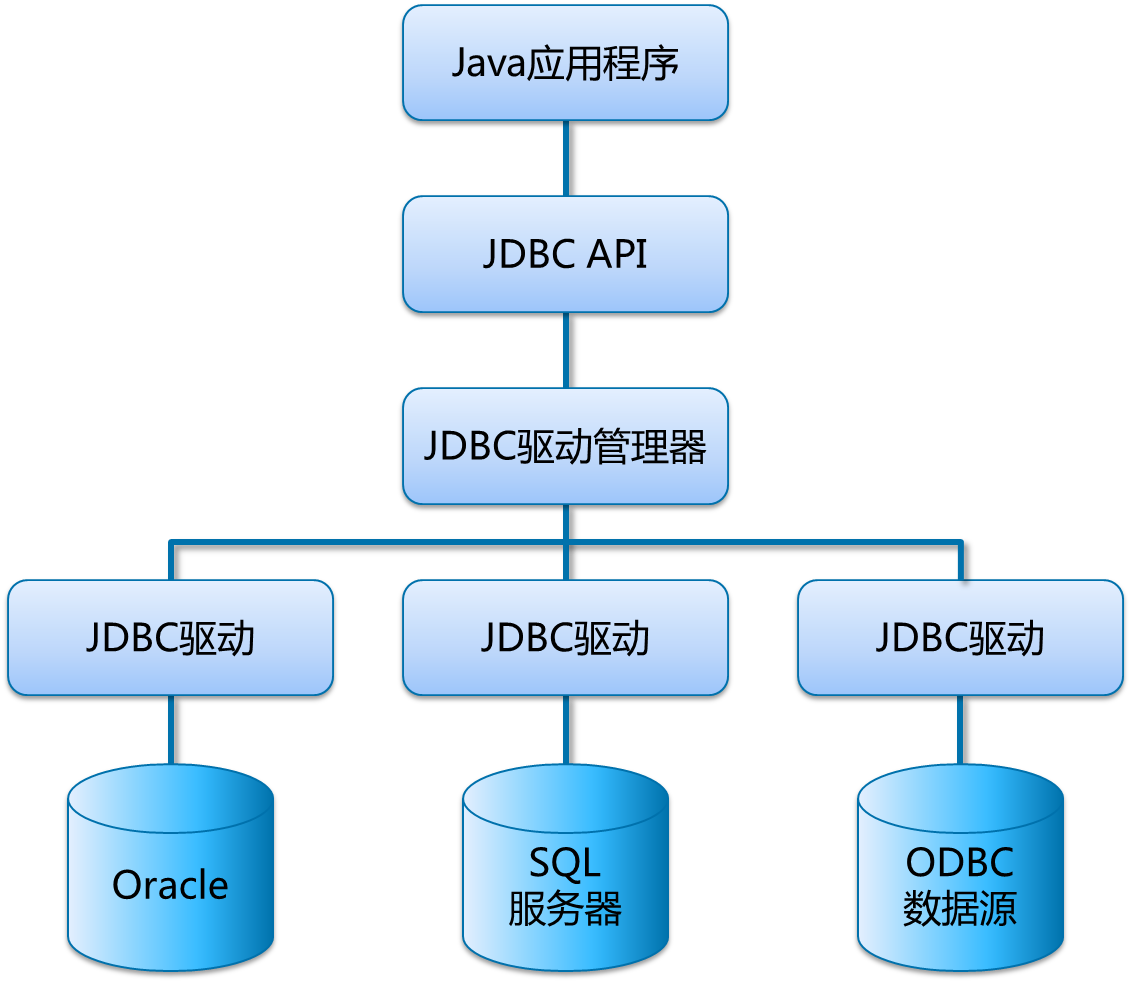
图片来源: www.developersbook.com (JNetDirect译)
在过去的十年里,应用开发在很多方面发生了显著的变化。这些变化体现在如今开发人员和IT公司会使用很多现成的解决方案以提高开发的效率同时降低成本。
然而,在开发的流程中有诸多的环节,而每个环节的技术演化的程度不尽相同。使用类型4驱动来建立快速、安全和可伸缩的JDBC连接所面临的挑战为类型5驱动的诞生做好了铺垫,而后者具有显著的优势。
类型4JDBC驱动已达到极限
配置妥当的JDBC连接是数据驱动和需要工业级可靠性的JavaScript及SQL Server项目的理想选择。在很多时候,类型4驱动为整个JDBC架构提供了最佳的选择。但是,自类型4驱动诞生以来已过去了很多年,而整个开发环节融入了许多今非昔比的发展与创新,已经大大超越了类型4驱动的能力。类型5应运而生,扬长避短,提供了更多功能以及改进的质量控制。
类型4驱动的主要缺点
- 驱动的响应时间无法接受和不稳定。当处于运行环境中时,ORM(Object Relational Mapping,对象关联映射)或应用服务器的数据吞吐能力糟糕。
- 虚拟机整合率低下。
- 需要使用动态链接库来支持特殊的数据库功能导致效率低下。
- 当需要支持多个数据库版本时必须使用多个JAR文件。
- 无法在不长时间停机的情况下对活跃的应用进行改进或优化。
- 需要对每个不同的数据源特别地编写代码并维护。即便使用现代的ORM模型,在需要支持BLOB、XA以及CLOB时,通常仍然需要专有的代码。
以上罗列的使用类型4JDBC驱动所面临的这些挑战是多年来几项核心技术的发展带来的直接问题。虚拟服务器能力的突飞猛进,数据中心整合的增加,以及支持多个数据库的应用的发展,都使得类型4驱动的性能无法再像从前一样适应当前的应用场景了。
中间件对JDBC连接的重要意义
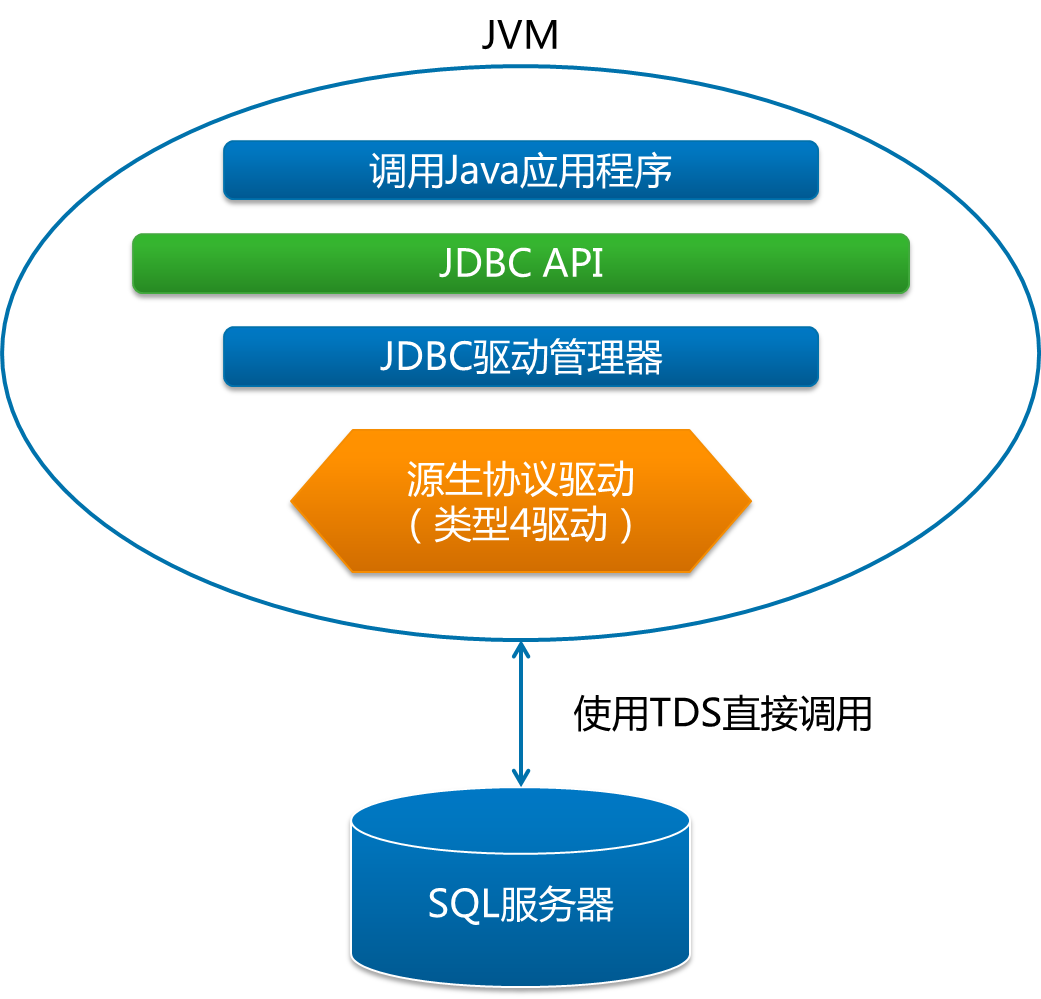
图片来源: blogs.msdn.com (JNetDirect译)
许多间接参与开发的项目经理和技术支持人员并不完全理解在应用到数据的操作过程中中间件的作用。事实上,除了知道它能方便连接,有些开发人员甚至也不能完全理解驱动对于整体性能的影响力。
JDBC驱动并不仅仅是应用栈中的一部分,它们在整个环节中的地位是至关重要的。选择合适的类型5驱动是成功的关键,它将提供动态增强以及稳定性的显著提升。
类型5驱动:关键支持、动态增强以及加强稳定性
前文清晰阐释了类型4驱动的几个关键的局限性,读者可能会问究竟类型5驱动有何优势能成为最佳的选择呢?我们认为扩展的功能和性能的显著提高是其关键所在,请阅读后文详述。
无约束的性能和稳定性
企业级的类型5驱动能提供几乎完全无约束的性能,并且不需要关心运行环境或数据访问模型,可以达到相当可靠的数据吞吐性能。除了一些特殊情况,多数情形下是能实现无代码的改进的。用户几乎可以完全忽略数据访问模型以及环境,实现在不编写任何代码的情况下完成对应用功能的关键改动。
效率和控制的增强
类型5JDBC驱动还能带来相当可观的资源效率。用户可以对应用的资源使用进行微调并确保资源在特定的环境所允许的范围内。数据访问函数可能消耗更多的资源,而有时候开发人员会忘记采取一些措施来保证中间件的资源效率以防止它带来问题。
使用单个JAR文件可以大大简化开发的复杂度。我们不再需要动态链接库、客户端库,也不再需要关心对Java环境的特殊考量以及不断增加的对大量数据的需求。此外,类型5驱动不需要为了数据源进行特别的扩展,这也是与类型4驱动的另一重要区别。使用类型5驱动的诸多功能可以实现灵活的JDBC连接的解决方案,不仅拥有优秀的性能,同时也为开发人员提供了内置的可伸缩性。不需要额外的时间、资源和成本,类型5驱动便能提供可伸缩的功能。
集所有类型JDBC驱动的功能于一体
想象一下您只需要在类型5JDBC驱动中进行一些简单的配置,便可以从4台虚拟机变成8台。使用类型5驱动将非常容易实现。有多种方法都能实现类型5驱动,并且市面上有不少类型5驱动的产品,其功能和一些细节上有一些差别。
您能很容易的发现类型5驱动和类型4驱动相比,前者功能更加强大灵活。今年三月,我们发布了最新版本的类型5JDBC驱动—JSQLConnect 8 –Type 5 JDBC Driver。敬请浏览JSQLConnect 8提供的详细功能列表以及重大改进。我们对该最终版本非常自豪,为您提供不同的许可证选择并提供技术支持。至少这将针对当前类型5驱动能提供的功能给您一个清晰的脉络。
免费下载试用
